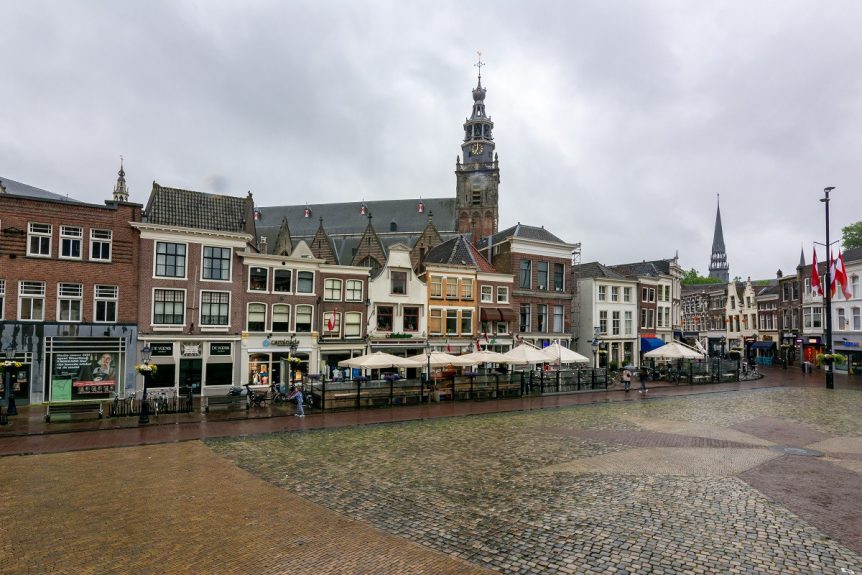A private individual buys a listed residential/commercial property for €2,900,000. He charges transfer tax at normal rate and immediately objects because he believes the 2% residential rate should apply to the entire property. The Inland Revenue only grants a refund for the residential part. What does the court say?
Facts
The property was built in 1800 as a shophouse. In 1966, the facade was modified and the layout of the ground-floor sales area and the 1st-floor warehouse was changed. In 1997, the interior walls and toilet block on the ground floor were modified. The property has been listed on the National Monument List since 1966 with the entry: 'House with moulded facade, hardstone windows on horizontal mouldings. Facade modern'.
At the time of acquisition, the property housed a branch of a retail chain. The property has four floors. The shop uses the ground floor and 35 m2 of the first floor. The other floors are empty. The only access to the property is the shop door.
Split into retail part and residential part?
The tax authorities are of the opinion that the property should be split into a retail part and a residential part. This is because the shop part on the ground floor has never had the nature of habitation or the nature of habitation has been lost due to renovations over the years. According to the Inland Revenue, more than limited modifications are required to make the shop part suitable for habitation again. For instance, the facade is not suitable for residential use and there is no cooking facility.
First, the parties are divided on whether the property as a whole was originally a dwelling. The court agreed with the individual that the property should be assessed as a whole. The property was never split into residential and retail sections. There is only one entrance and the upper floors are only accessible through the shop. This has never been different. The court therefore does not follow the Tax Office's contention that the property should be split into a shop part and a residential part.
Given the earliest documentation on the property, the court considers it plausible that the property was originally built as a residential house. The property case is also registered in the National Monument List as a residential house.
Building as a whole no longer a dwelling?
The court then turns to the question of whether the property as a whole has lost its nature as a dwelling due to the various alterations.
An immovable property originally built as a dwelling, but subsequently converted to make it suitable for another use, may be deemed to have retained its nature as a dwelling if no more than limited modifications are required to make it suitable for habitation again. Full restoration to its former condition is not required.
The pipes present on the upper floors fit a residential use. The tax authorities have also classified the upper floors as residential. Only the plumbing and cooking facilities need to be connected to make the property suitable for habitation. In the judge's opinion, if the property will be used as a dwelling, the modern frontage does not need to be substantially modified to achieve that the property no longer has the appearance of a shop. A modern façade suits a contemporary dwelling.
Conclusion
No more than limited alterations are required to make the property as a whole fit for habitation again. This means that the rate of 2% applies to the entire property. The individual is entitled to a hefty refund.
Note: Once again, the tax authorities are struggling with the reduced rate of transfer tax on residential property. Judge corrects.


